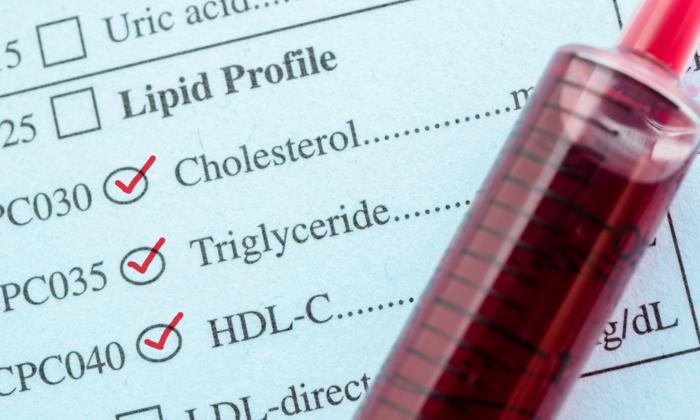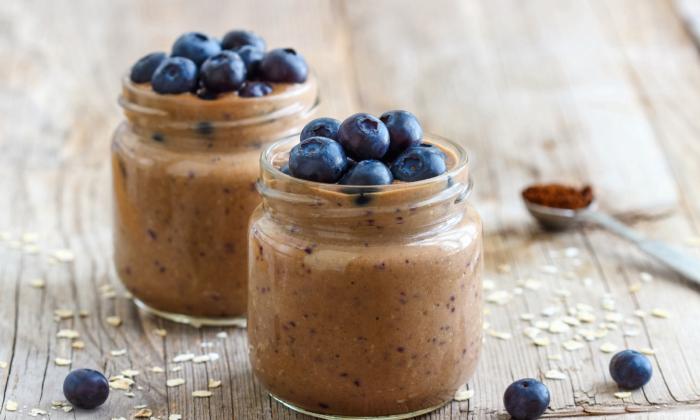Yes. And the science is actually quite straightforward, having been sorted out in detail over the past 30 years. All the tragic and misguided dietary advice surrounding heart health, early clinical studies from the 1950s and 1960s when the design of clinical studies was crude and unreliable, coupled with the ambitions of people who were absolutely convinced that fat intake caused heart disease, led us on a 50-year long goose chase. Fat is not the problem, never was. And the evidence never showed that it was. “Foods” added just a moment ago, speaking anthropologically, i.e., wheat and grains, and now sugars, are the cause. And there are concrete reasons to explain why this happens.
- Provocation of VLDL particles—Very low-density lipoproteins, VLDL, are rich in fats (triglycerides), and are thereby low in density. VLDL particles interact directly with the walls of arteries, such as the coronary arteries of the heart, and trigger the cascade of inflammatory events that create atherosclerosis. The entire process begins with consumption of the amylopectin A of wheat and grains that sets in motion a liver process called “de novo lipogenesis,” the liver’s extraordinary capacity to convert carbs and sugars to triglycerides, the main ingredient in VLDL particles.
- Formation of small LDL particles—Small LDL particles (not LDL cholesterol, the crude and indirect method that was meant to guesstimate total LDL particles but is virtually useless and outdated) are unusually persistent, lasting 5-7 days in the bloodstream, compared to the 24 hours of normal large LDL particles; are more prone to glycation (glucose-modification), and oxidation; are better able to infiltrate the walls of arteries; and are provoked by interacting with VLDL particles initiated by the amylopectin A carbohydrate of wheat and grains.
- Insulin resistance—Insulin resistance, i.e., the body’s inability to respond to insulin that prompts the pancreas to increase its output of insulin 10-fold, 50-fold, 100-fold, amplifies liver de novo lipogenesis to produce VLDL particles and thereby small LDL particles. The process is further amplified by inflammation caused by insulin resistance, and the wheat germ agglutinin and gliadin proteins of wheat. Insulin resistance leads to higher blood glucose that, in turn, glycates the exceptionally glycation-prone small LDL particles.
This constellation of abnormalities—increased VLDL, small LDL, higher blood sugar—does not occur in isolation. It occurs as part of a broader landscape of other metabolic abnormalities: low HDL, small HDL, increased triglycerides, increased HbA1c, increased insulin levels, increased C-reactive protein and other inflammatory markers, increased blood pressure, increased abdominal visceral fat, increased endotoxemia. I hope you appreciate that this notion that heart disease is caused by a fictitious lone marker, LDL cholesterol, is absurd and yields no insights into overall health nor heart health. “Treating” this lone fictitious marker with a drug like a statin drug is equally absurd. Instead, focus on the entire syndrome of metabolic abnormalities that lead you down the path of heart disease and do so by following an informed nutritional approach, addressing nutrients lacking in modern life that impact insulin resistance and inflammation, and addressing the widely prevalent disruption of the gastrointestinal microbiome, including the ascent of fecal microbes into the 24-feet of small intestine, i.e., small intestinal bacterial overgrowth, SIBO.
All of this is amplified, of course, by gliadin-derived opioid peptides triggering of appetite that makes you incessantly hungry, never satisfied. This is not normal nor natural. The normal situation is to consume the meat and organs or animals, supplemented by mushrooms, birds’ eggs, shellfish, berries, and other foods you find, then be satisfied for a day. It’s an experience completely different from the always-hungry, desperate feeling experienced by modern wheat/grain-consuming people.





